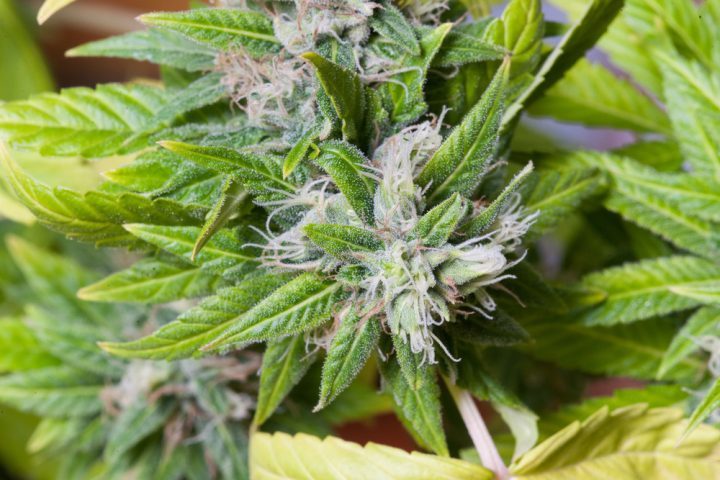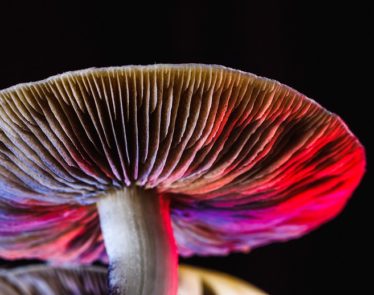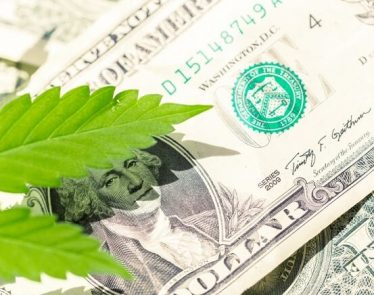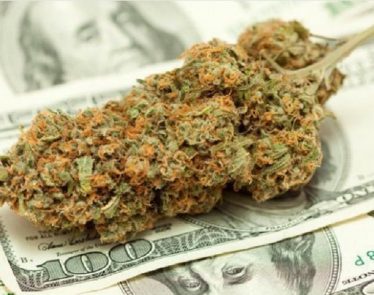
For a long time, medical cannabis, or marijuana, has been used widely to treat various diseases and even some sleeping disorders. As the fight to legalize the use of cannabis both medically and recreationally slowly comes to realization, investors have taken a special interest in marijuana investments.
In Canada, plans are being drawn to legalize both recreational and medical use of marijuana nationwide — the laws expected to go into effect on July 1, 2018. As for the U.S, 8 of the 50 states — Washington, Oregon, California, Nevada, Alaska, Colorado, Massachusetts, and Maine — have legalized marijuana both recreationally and medically, while 28 of the 50 states have some form of legalization for marijuana use medically.
With the budding cannabis industry in North America, marijuana investing is slowly becoming an option for investors. But how does one invest in medical cannabis? We provide a brief overview below.
Hemp vs. Cannabis
Before getting into marijuana investments and researching marijuana stocks to invest in, understand the difference between hemp and cannabis. While both hemp and cannabis hail from the same plants, their uses are widely different.
Hemp comes from the cannabis plant stalk and seeds. It is used in a variety of things such as clothing, textiles, paper, body care products, food, and even pet products. This is because out of all natural fibers, hemp fiber is the most durable and lasts the longest. Hemp seeds are known for their nutritional benefits, containing high protein and natural antioxidants, not to mention being all-natural, grain-free, and gluten-free source of omega 3 and omega 6 fatty acids. Additionally, cultivation of hemp requires no chemicals, pesticides, or herbicides.
Unlike cannabis, hemp has very low tetrahydrocannabinol (THC) levels and does not create any psychoactive effects when consumed. Cannabis is specifically grown for the THC resin found on the buds or flowers of the cannabis plant. It can be consumed in various ways — pills, cream, smoking, and baked goods are just some ways people use cannabis. Cannabis can be used recreationally, spiritually, and/or medically. Cannabis has been known to treat or relief patients with a variety of medical conditions such as epilepsy, cancer, PTSD, HIV/AIDS, Crohn’s, Alzheimer’s, and more.
Medical cannabis and the law
As previously mentioned, cannabis is only just starting to become legalized throughout North America. Thus, before jumping into marijuana investments, it is important for investors to understand the legalities surrounding the subject. A big difference to watch out for is the legalization at a municipal, provincial, and state level compared to the federal level.
An important factor to take note of if you are getting into marijuana investing in the U.S is the fact that hemp has been put into the same category as marijuana. Hemp is classified, along with marijuana, as a Schedule 1 drug under the Controlled Substances Act even though it has low levels of THC and does not create any psychoactive effects. Although at a state level, several states have legalized cannabis use medically and recreationally while other have legalized some form of medical cannabis use, the U.S. shows no sign of legalizing the plant at a federal level. Thus, it can be a little more difficult regarding laws and restrictions in terms of marijuana investments.
In Canada, on the other hand, the cannabis market have been growing in a rapid fashion as the country prepares to legalize the plant both medically recreationally at a federal level. There could be many marijuana stocks to invest in as companies prepare for the law to go into effect on the expected date of July 1, 2018.
Investing in medical cannabis
Although complications surrounding legalization have no doubt slowed down company growth and investments, Bloomberg Intelligence has identified 55 public companies in the cannabis market as of April 2015. Bloomberg Intelligence split the companies into seven categories: pharmaceutical/research, producer, consumer, real estate, consulting, technology, and industrial. The combined market cap of the industry, small as it is, is a whopping price of $3 billion, with companies in pharmaceutical/research contributing to half of that number with a market cap of $1.5 billion.
Even with no signs for legalization at a federal level, more and more cannabis companies are going public, broadening the number of marijuana stocks to invest in for American investors. In 2016, marijuana sales totaled $7.2 billion, with projections for it to grow to $13.3 billion by 2020. As such, the industry has the potential to grow to $50 billion in the next 10 years. These numbers, Giadha Aguirre De Carcer, founder and CEO of New Frontier Data, argues, confirms the fact that the cannabis industry is a major player in improving the US economy and the creation of jobs.
In a time of potential decline and an expected drop in GDP drop, the cannabis industry is still rapidly growing, explains De Carcer. Although the industry growth could slow down in the next few years, “with projected total market sales to exceed $24 billion by 2025, and the possibility of almost 300,000 jobs by 202, it remains a positive economic force in the U.S.”
Meanwhile, in Canada, the first ever marijuana exchange traded fund (ETF) was launched on the Toronto Stock Exchange. With the ETF, marijuana investments are easier and widely accessible; investors do not have to go through the complications of choosing exactly which marijuana stocks to invest in. To begin, 14 marijuana companies have been listed on the exchange, with the number expecting to grow.
If you do not want get into marijuana investing due to legality issues, you can look at companies that do not directly deal with the plant. These can include a wide variety of things, from growing and harvesting equipment to medical containers. It is a more indirect way to make marijuana investments, but removes concerns regarding legality.
Featured Image: depositphotos/vitormarigo







